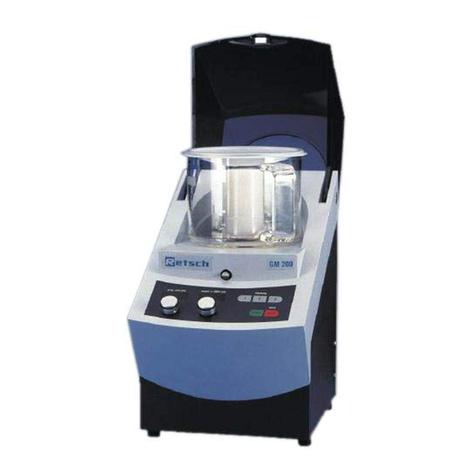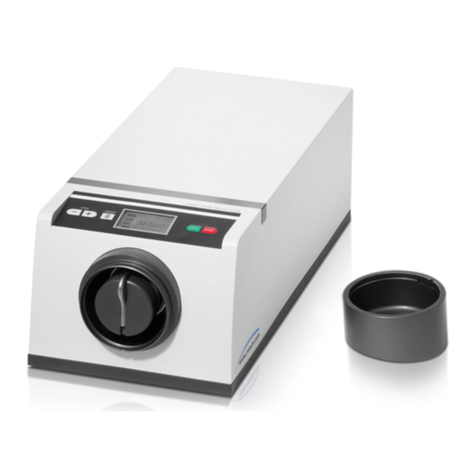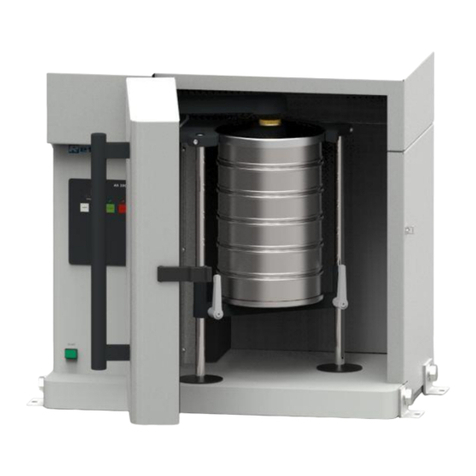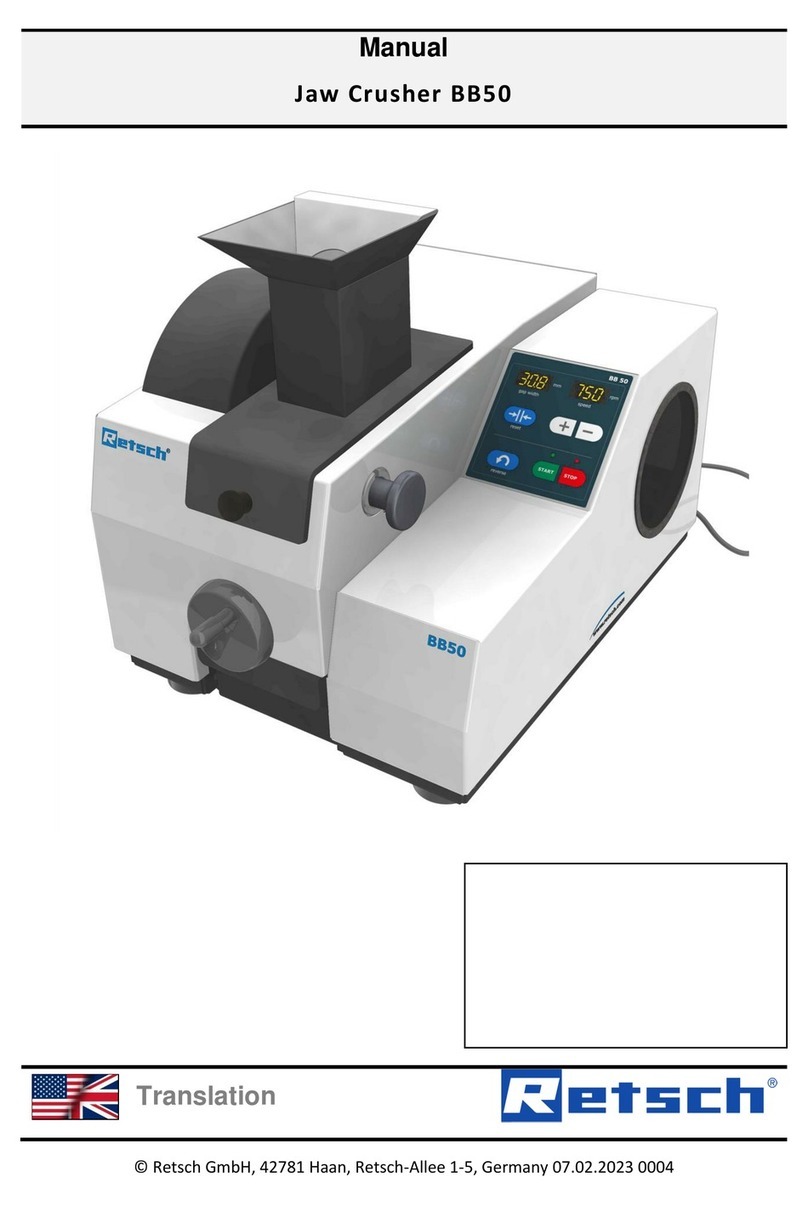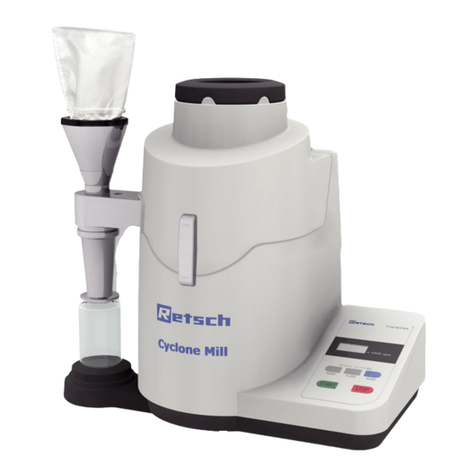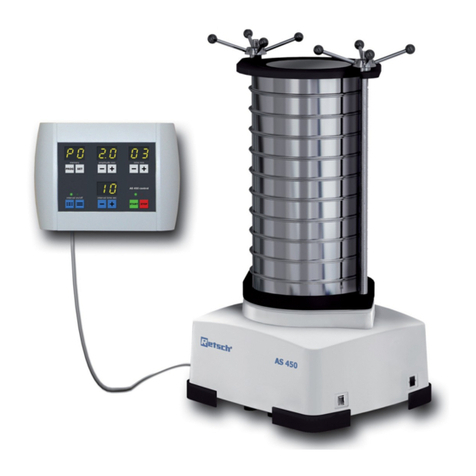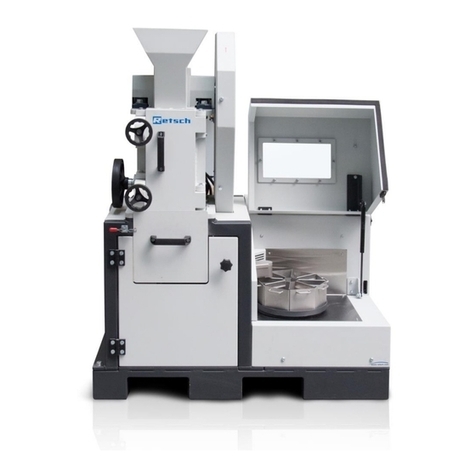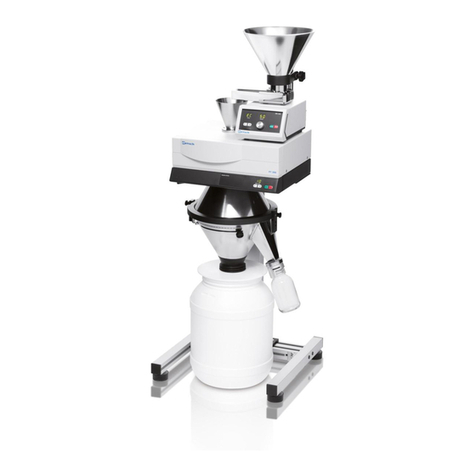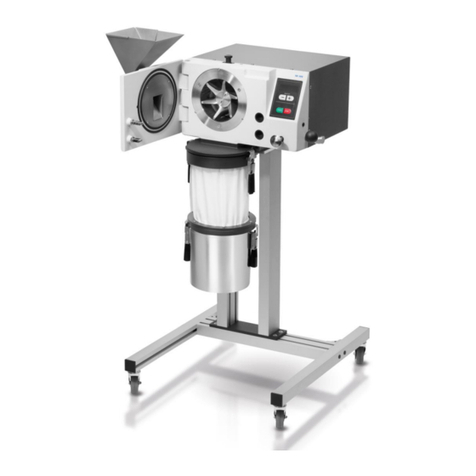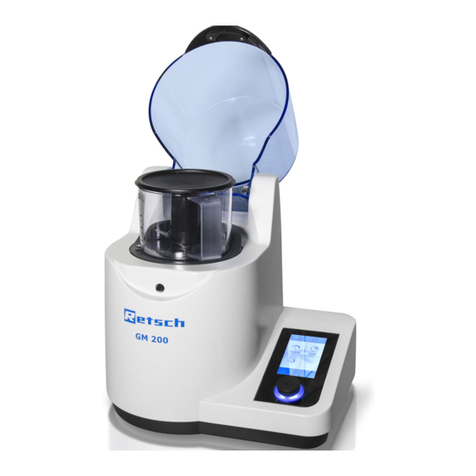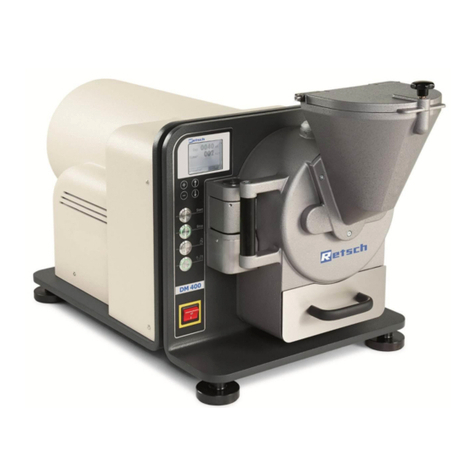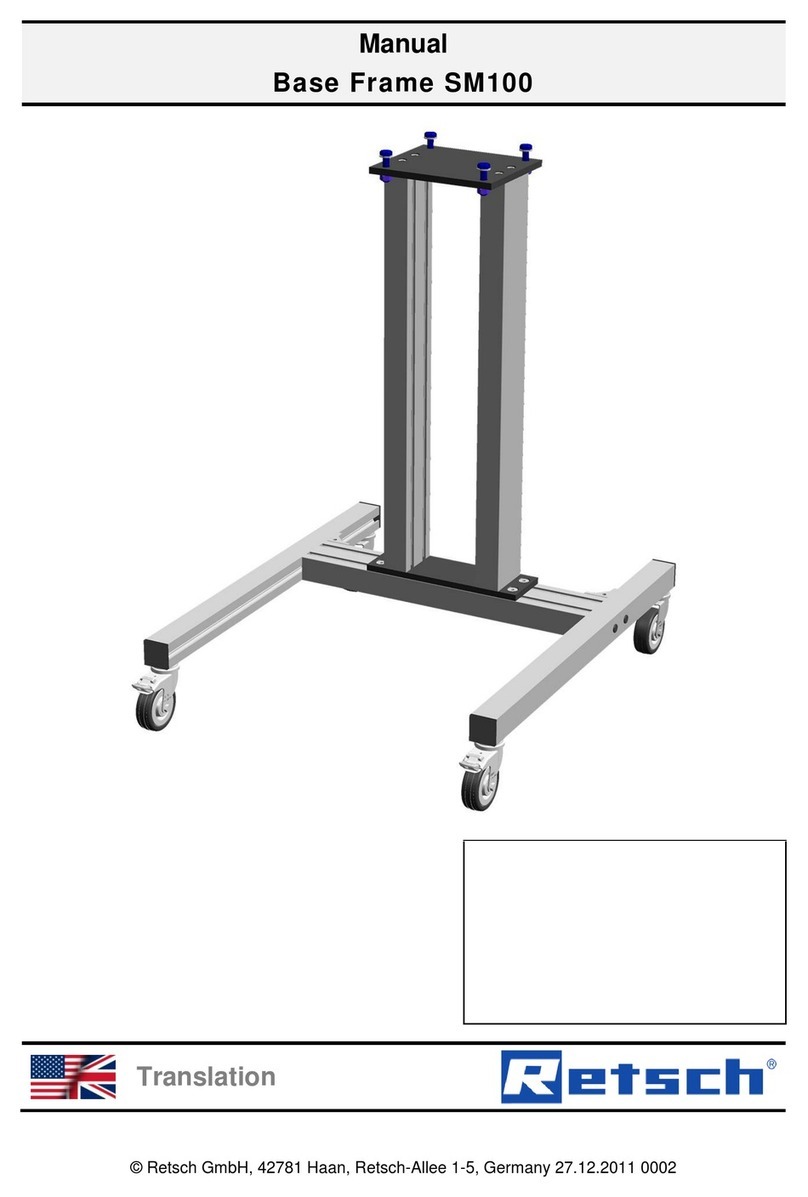Table of Contents
1Notes on the manual............................................................................................................................. 6
1.1 Explanation of signs and symbols ..................................................................................................... 6
1.2 Disclaimer.......................................................................................................................................... 6
1.3 Copyright............................................................................................................................................ 6
2Safety...................................................................................................................................................... 7
2.1 Explanations of the Safety Instructions ............................................................................................. 8
2.2 General Safety Instructions ............................................................................................................... 9
2.3 Repairs............................................................................................................................................. 10
2.4 Confirmation Form for the Managing Operator................................................................................ 11
3Technical Data..................................................................................................................................... 12
3.1 Degree of Protection........................................................................................................................ 12
3.2 Emissions......................................................................................................................................... 12
3.3 Electromagnetic Compatibility (EMC).............................................................................................. 12
3.4 Rated Power.................................................................................................................................... 12
3.5 Dimensions and Weight................................................................................................................... 13
3.6 Required Floor Space...................................................................................................................... 13
3.7 Receptacle Volume.......................................................................................................................... 13
3.8 Feed Grain Size............................................................................................................................... 14
3.9 Payload............................................................................................................................................ 14
3.10 Suitable Sieve Diameters ................................................................................................................ 15
4Packaging, Transport and Installation .............................................................................................. 16
4.1 Packaging........................................................................................................................................ 16
4.2 Transport.......................................................................................................................................... 16
4.3 Temperature Fluctuations and Condensation ................................................................................. 16
4.4 Conditions for the Installation Site................................................................................................... 17
4.5 Electrical Connection....................................................................................................................... 18
4.6 Type Plate Description..................................................................................................................... 18
4.7 Removing the Transportation Lock.................................................................................................. 19
5First Commissioning........................................................................................................................... 20
5.1 Sieve Clamping Unit "standard"....................................................................................................... 22
5.2 Sieve Clamping Unit "comfort"......................................................................................................... 23
6Operating the Device .......................................................................................................................... 25
6.1 Use of the Device for the Intended Purpose.................................................................................... 25
6.2 Principle of Operation ...................................................................................................................... 26
6.3 Views of the device.......................................................................................................................... 27
6.3.1 Front............................................................................................................................................. 27
6.3.2 Back............................................................................................................................................. 28
6.4 Switching On / Off............................................................................................................................ 29
6.5 Selection of the Test Sieves............................................................................................................ 29
6.6 Performing a Sieving ....................................................................................................................... 29
7Controlling the Device ........................................................................................................................ 30
7.1 Operating Controls, Displays and Functions................................................................................... 30
7.1.1 Start Process ............................................................................................................................... 30
7.1.2 Stop Process................................................................................................................................ 30
7.2 Pause Process................................................................................................................................. 31
7.3 Speed............................................................................................................................................... 31
7.3.1 Automatic Unbalance Detection .................................................................................................. 31
7.4 Time................................................................................................................................................. 32
7.5 Interval............................................................................................................................................. 32
7.5.1 Interval Time................................................................................................................................ 33
7.6 Programme Mode............................................................................................................................ 33
